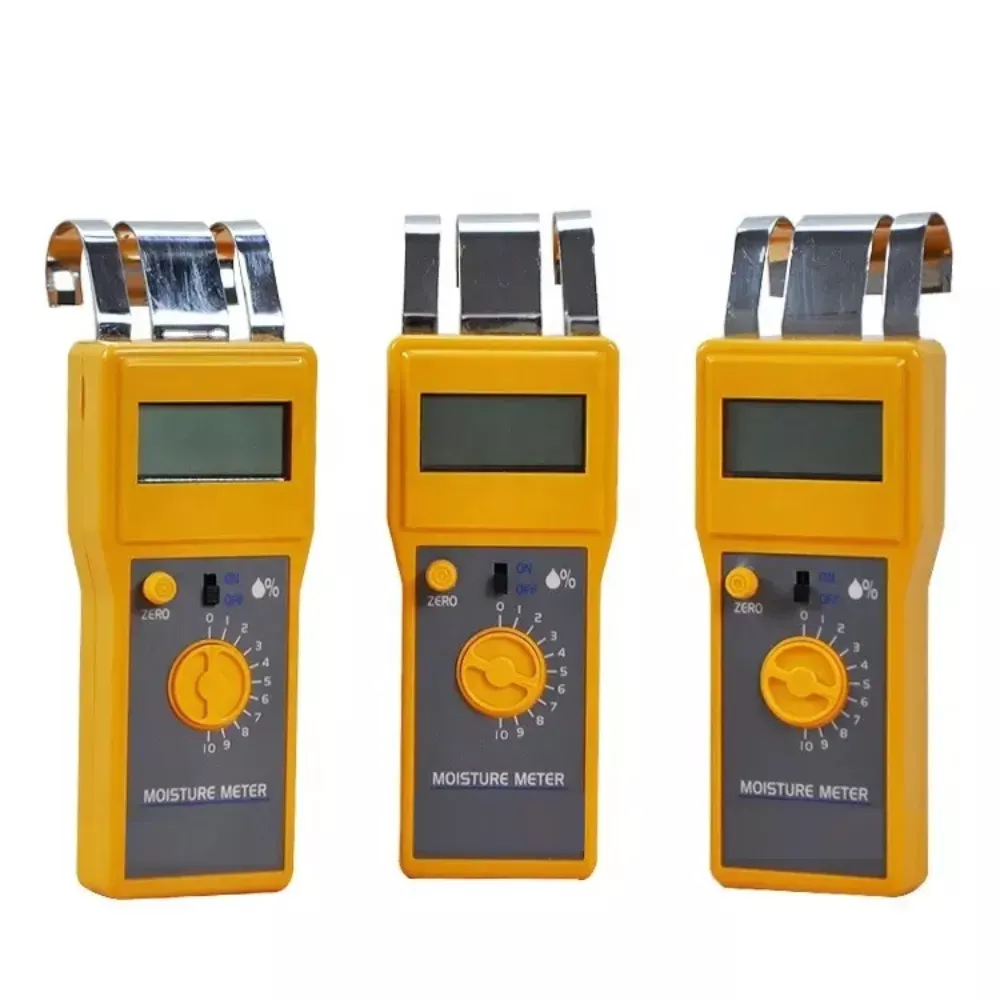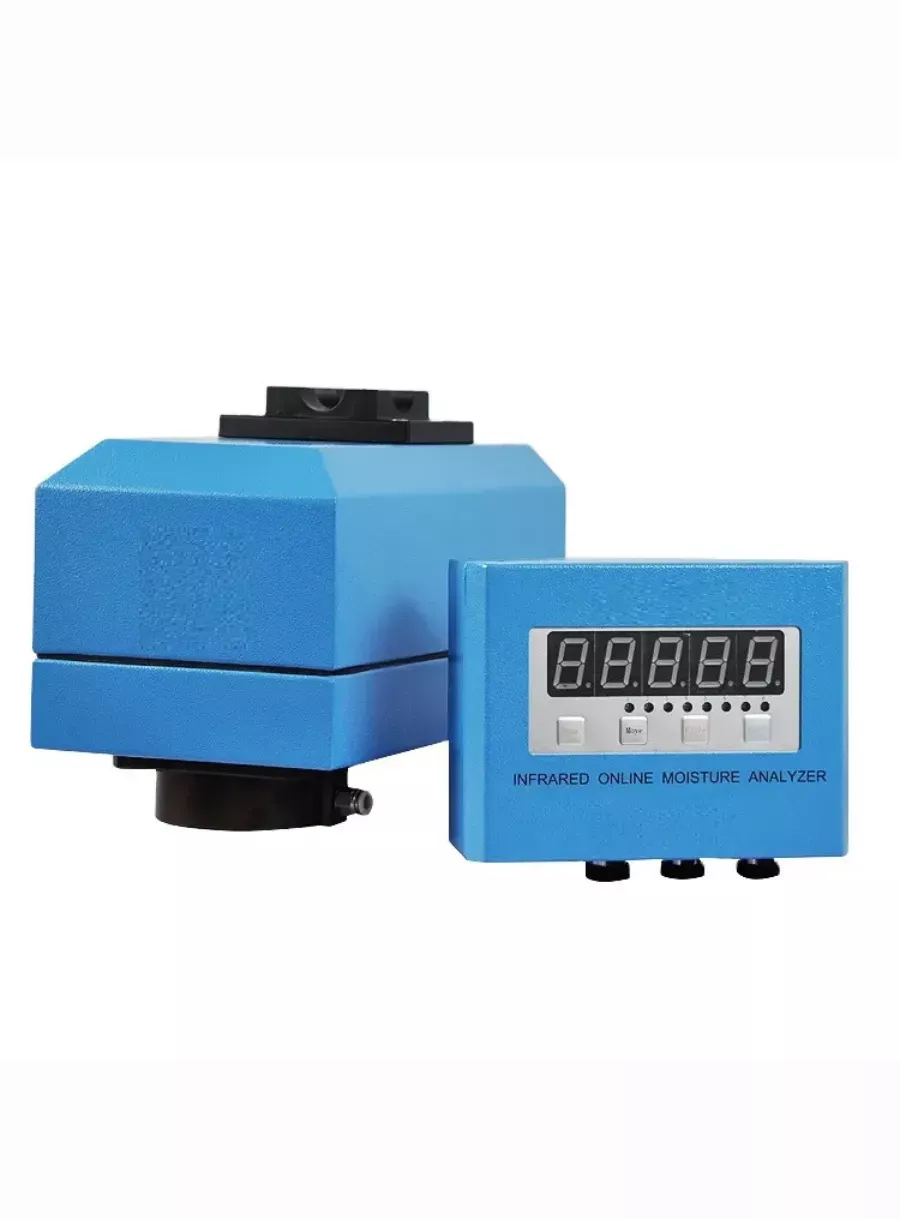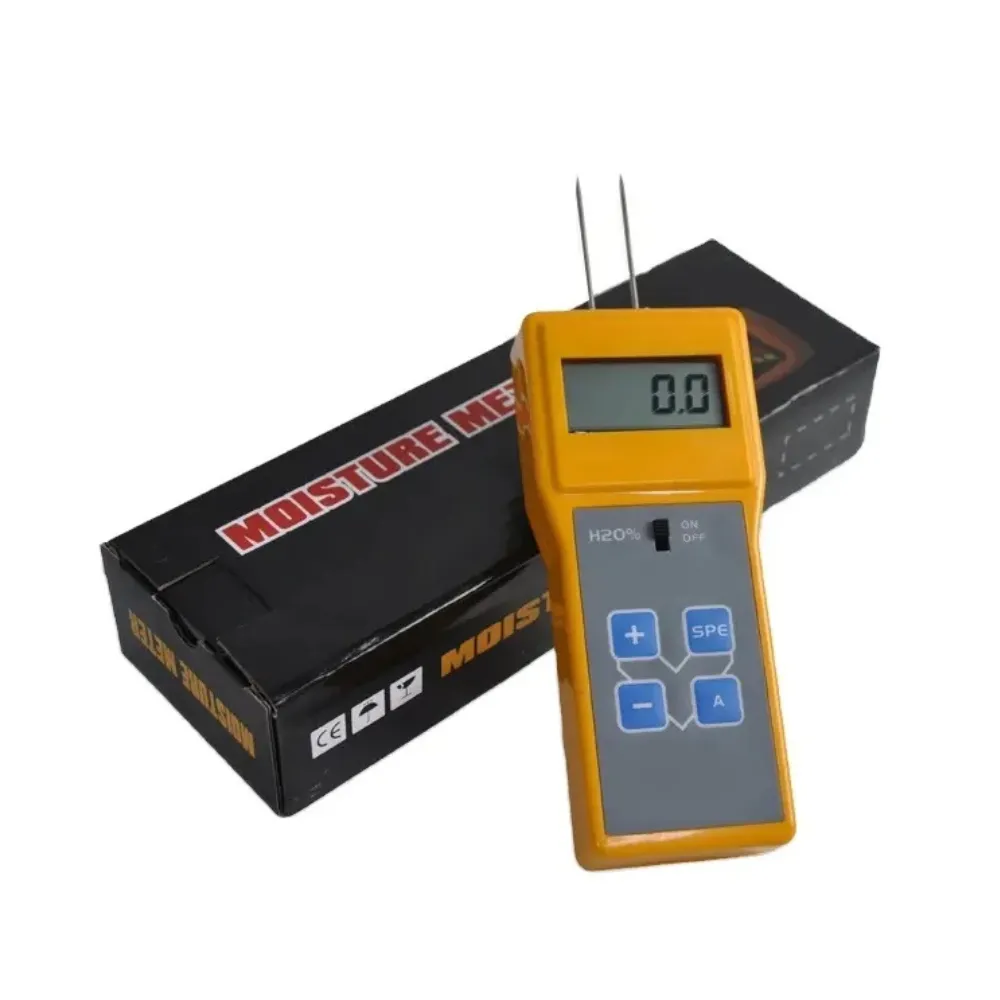
How Cotton Moisture Meters Work?
Table of Contents
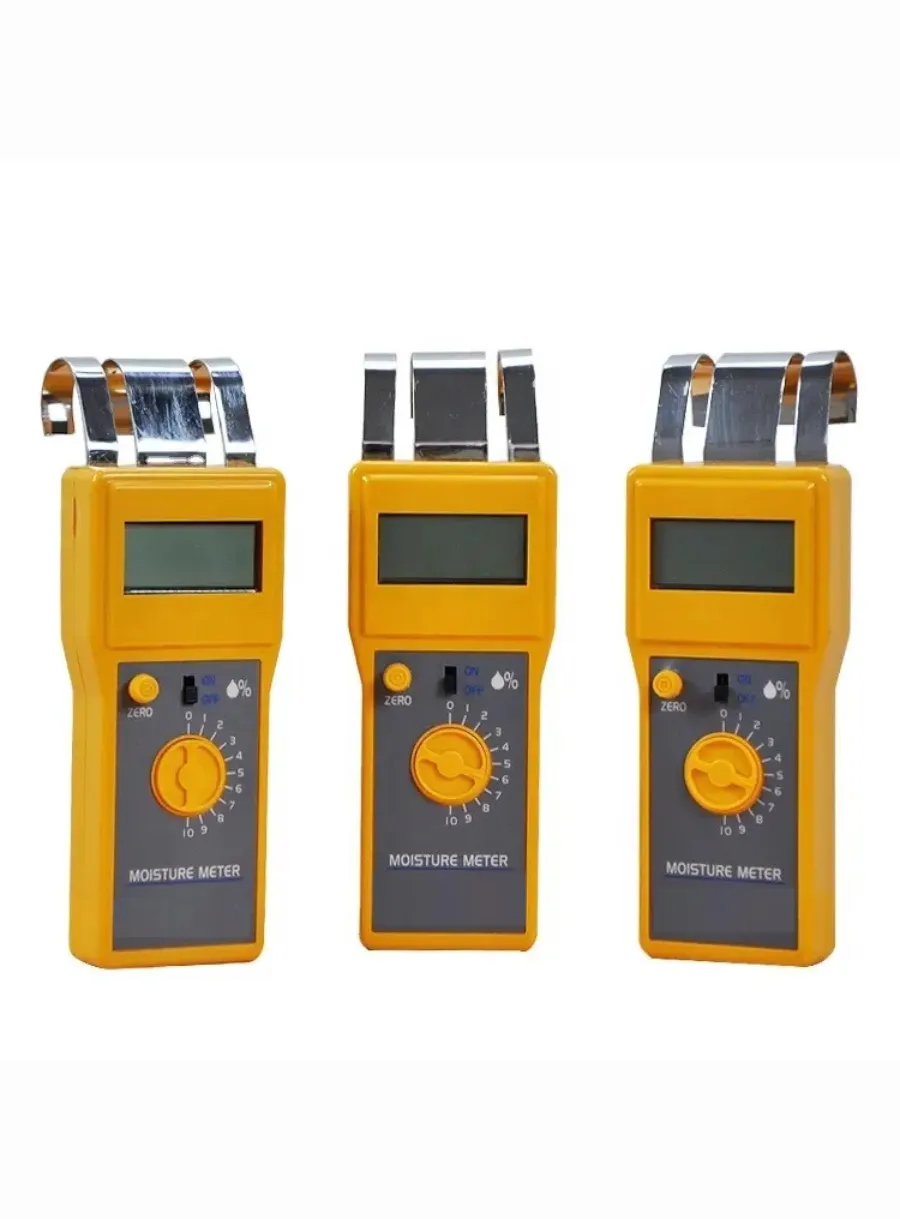
The quality of cotton is largely determined by its moisture content, which directly impacts its strength, durability, and overall performance. As a result, cotton moisture meters have become indispensable tools for farmers, millers, and other stakeholders in the cotton industry. This article aims to provide a comprehensive understanding of how cotton moisture meters work and their importance in maintaining the quality of cotton.
Cotton moisture meters are devices designed to measure the moisture content in cotton bales. They work by utilizing various principles, such as capacitance, microwave, and infrared technology. The most common type of cotton moisture meter is the capacitance meter, which operates on the principle of dielectric constant. The dielectric constant is a measure of how well a material can store an electric field. In the case of cotton, the dielectric constant is influenced by the moisture content. As the moisture content increases, the dielectric constant also increases.
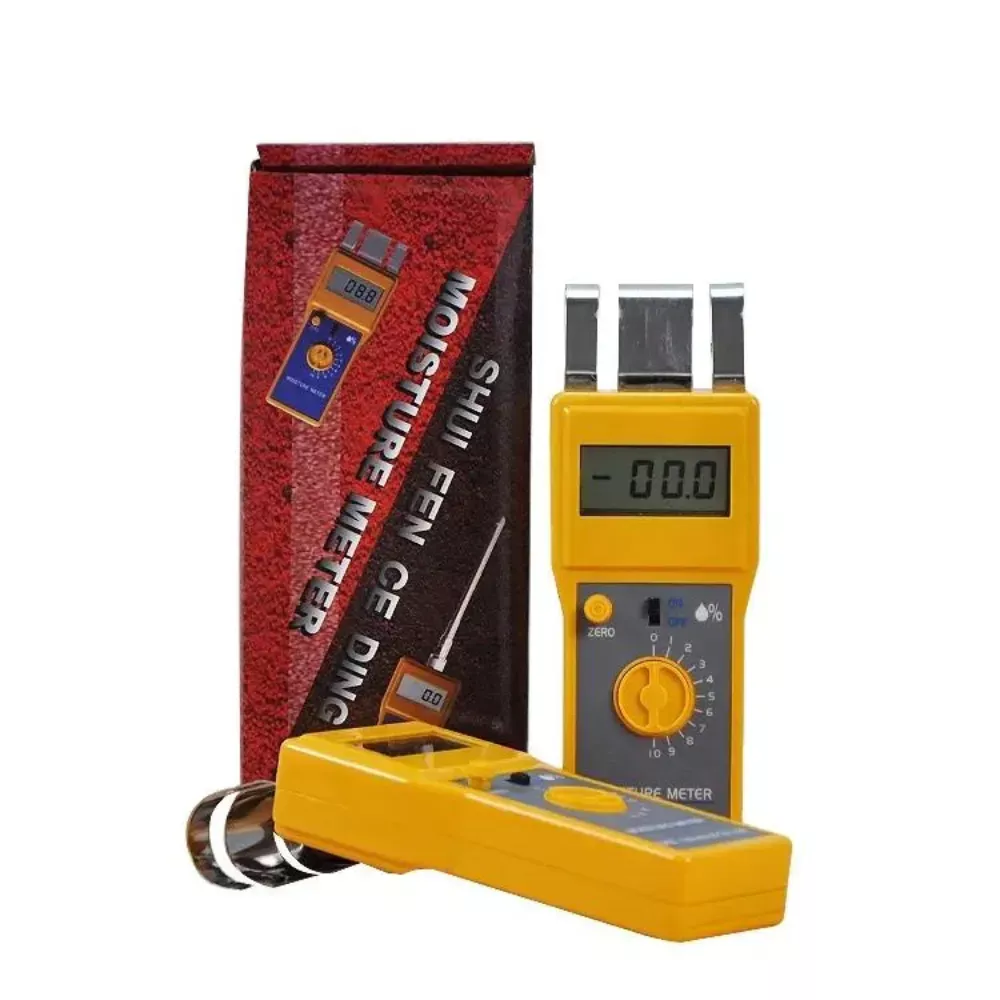
The capacitance cotton moisture meter consists of two electrodes, one fixed and one movable, which are placed in close proximity to the cotton sample. When a voltage is applied across the electrodes, an electric field is created between them. The moisture in the cotton bale affects the distribution of this electric field, causing a change in the capacitance value. By measuring the capacitance, the moisture meter can determine the moisture content of the cotton.
Another type of cotton moisture meter is the microwave moisture meter, which operates on the principle of microwave attenuation. In this device, a microwave signal is transmitted through the cotton sample, and the signal’s strength is measured on the other side. The moisture content in the cotton affects the attenuation of the microwave signal, allowing the moisture meter to calculate the moisture content.
Infrared cotton moisture meters, on the other hand, use infrared technology to measure the moisture content. These meters emit infrared radiation, which is absorbed by the moisture in the cotton. The amount of radiation absorbed is directly proportional to the moisture content, allowing the meter to determine the moisture level.
Cotton moisture meters are essential tools for maintaining the quality of cotton. Accurate moisture content measurements ensure that cotton is stored and processed under optimal conditions, preventing damage and maintaining its strength and durability. Farmers use moisture meters to determine the optimal time for harvesting, as cotton that is too wet or too dry can result in reduced yield and quality. Millers use moisture meters to control the moisture content during processing, as excessive moisture can lead to problems such as mold growth and reduced fiber strength.
In conclusion, cotton moisture meters are vital instruments in the cotton industry, ensuring the quality and performance of cotton products. By accurately measuring the moisture content of cotton bales, these devices help farmers and millers maintain optimal conditions throughout the production process. As a result, cotton moisture meters play a crucial role in preserving the integrity and value of this essential natural fiber.
Comments
Tags
Frequently Asked Question
The main types are capacitance meters, microwave moisture meters, and infrared moisture meters, each using different technologies to measure cotton moisture content.
Moisture content affects cotton’s strength, durability, and overall quality. Proper moisture measurement helps prevent damage, mold growth, and reduced fiber strength during harvesting, storage, and processing.
Capacitance meters measure the dielectric constant of cotton, which changes with moisture content. They use two electrodes to create an electric field and measure the capacitance change caused by moisture in the cotton.
Farmers use moisture meters to determine the optimal harvesting time, while millers use them to control moisture content during processing, ensuring optimal conditions for cotton quality and yield.

